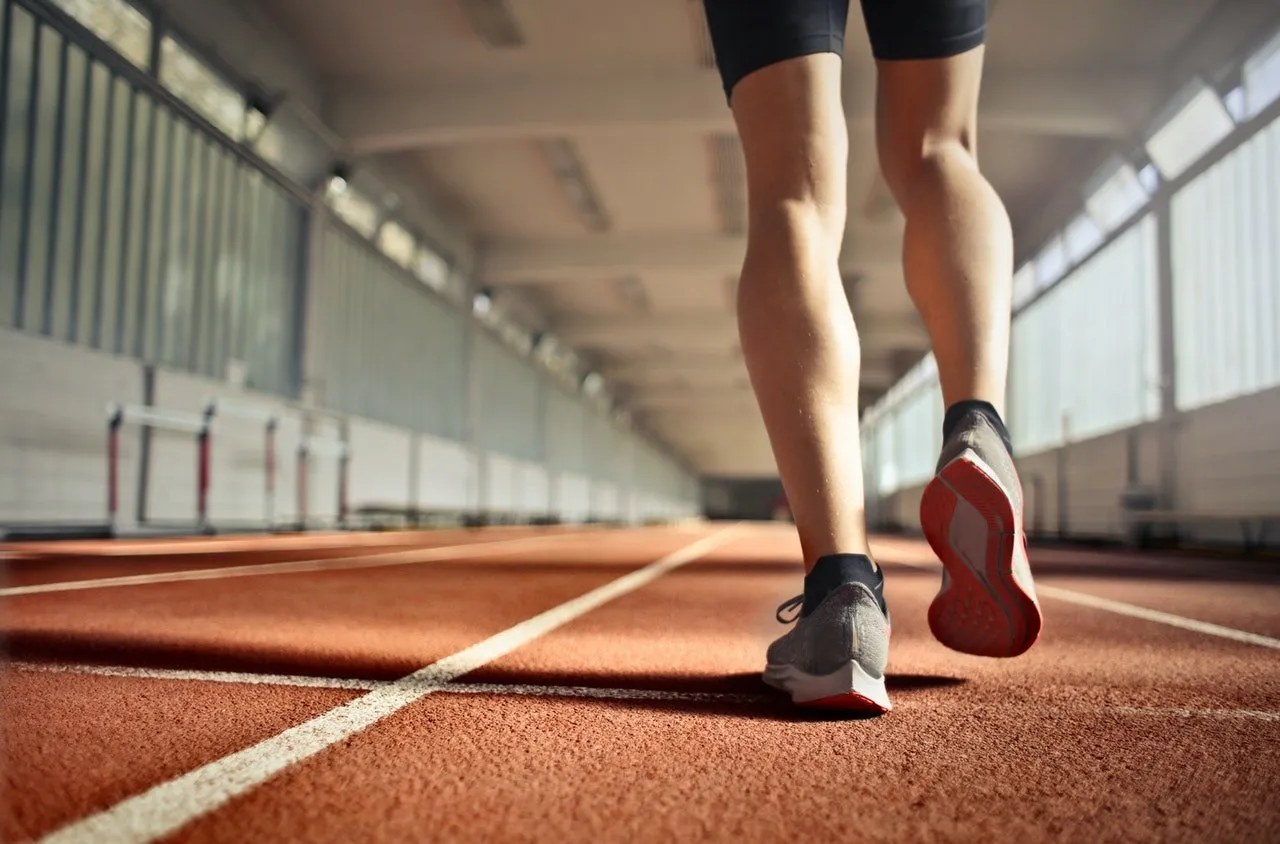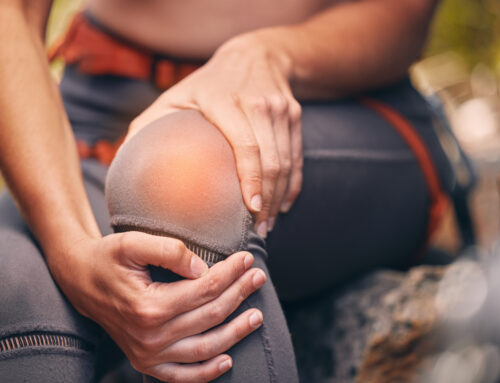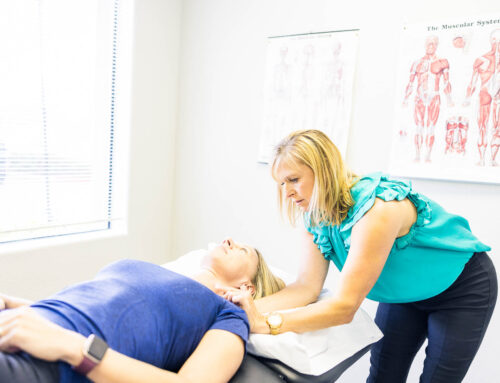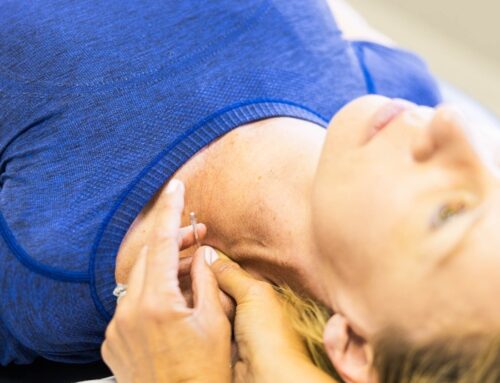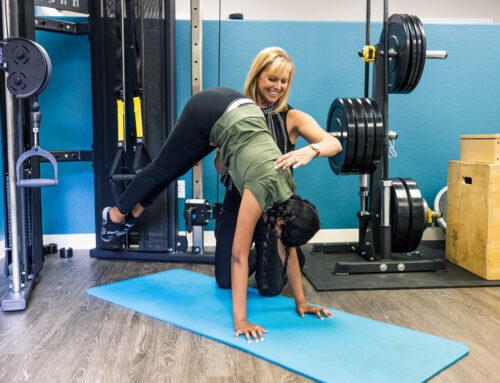How Partnership Between Coaches and Physical Therapists Gets the Best Results for Youth Athletes
At Battle Born Health, we specialize in working with youth athletes to help them recover from injury or get to the top of their game. The most ideal scenario is when we, as physical therapists, can partner with the patient’s coach – and that is exactly what happened in this success story.
Josh* loves to run. He is passionate about track and was very excited to join the cross-country team as a freshman at his high school. But then he started noticing dramatic pain in his hamstring, to the point where he could not run at all. Josh was suffering from Osteochondroma, which is a bone growth on his femur. The growth acts like a speed bump so that every time he activated the muscle by running, it would get caught on the bone growth and tighten, causing pain and inflammation.
He rested the leg, but then in his sophomore year, COVID hit and shut down team sports completely. By this point, Josh felt like he could start running on his own again. But he didn’t have support or a training program from his coach or a physical therapist, so he overtrained and re-injured himself even worse than before.
“When I saw him for the first time,” Dr. Danielle Litoff, DPT, says, “his hamstring was super inflamed and his lumbar spine was really stiff.”
The pull on his muscles on the side of the growth had thrown off all Josh’s body mechanics for running. He needed to relearn how to run and move with this condition so that he could still achieve his dreams of competitive track and not suffer from pain and injury.
“The condition Josh has is not something that will go away – he will have this bone growth his whole life,” Danielle says. “The key is to know how to work with it. How to move and train so that he does not experience pain and imbalance.”
Danielle reached out to Josh’s track coach and they came up with a plan. The initial goal was to get Josh back to fitness running, three to five miles without pain. First, Danielle had to get the lumbar spine more mobile and realign the hips and pelvis so that everything was able to work in sequence. She also had to do manual work with massage and manipulation to get the joints to start moving correctly. Lastly, she had to re-educate Josh’s neuromuscular system to perform on cue so that he was able to run again.
His coach shared his training program with Danielle so that she was able to know what milestones he wanted to achieve to get Josh to a collegiate level. In turn, Josh’s coach was able to understand the injury and its limitations. By working together, Danielle and the coach put together a plan to train that outlined guidelines for range of motion, strength training, and endurance as Josh’s injuries began to heal.
“I love that communication with the coach because then the athlete has a whole and complete team behind them,” Danielle says. “I am not a track coach but I do understand how the movement works, so let me understand what you need for your athlete and I’ll tell you what you need to do to get them there.”
Now in Josh’s junior year, he is back to training 100 percent with the team with no pain, and on his way to achieving a collegiate level of running. He was a top finisher at regionals for cross-country and he beat his personal record significantly. He is back up to running four days a week and he is ready to be seen by college coaches for scholarship offers.
“It is the ideal scenario to have a physical therapist partner with a coach when it comes to youth athletes,” Danielle says. “I don’t have the coach’s game plan and they don’t have my level of knowledge when it comes to injury. By working together, we can get much better results for the athlete.”
*The patient’s name has been changed to protect his identity.

